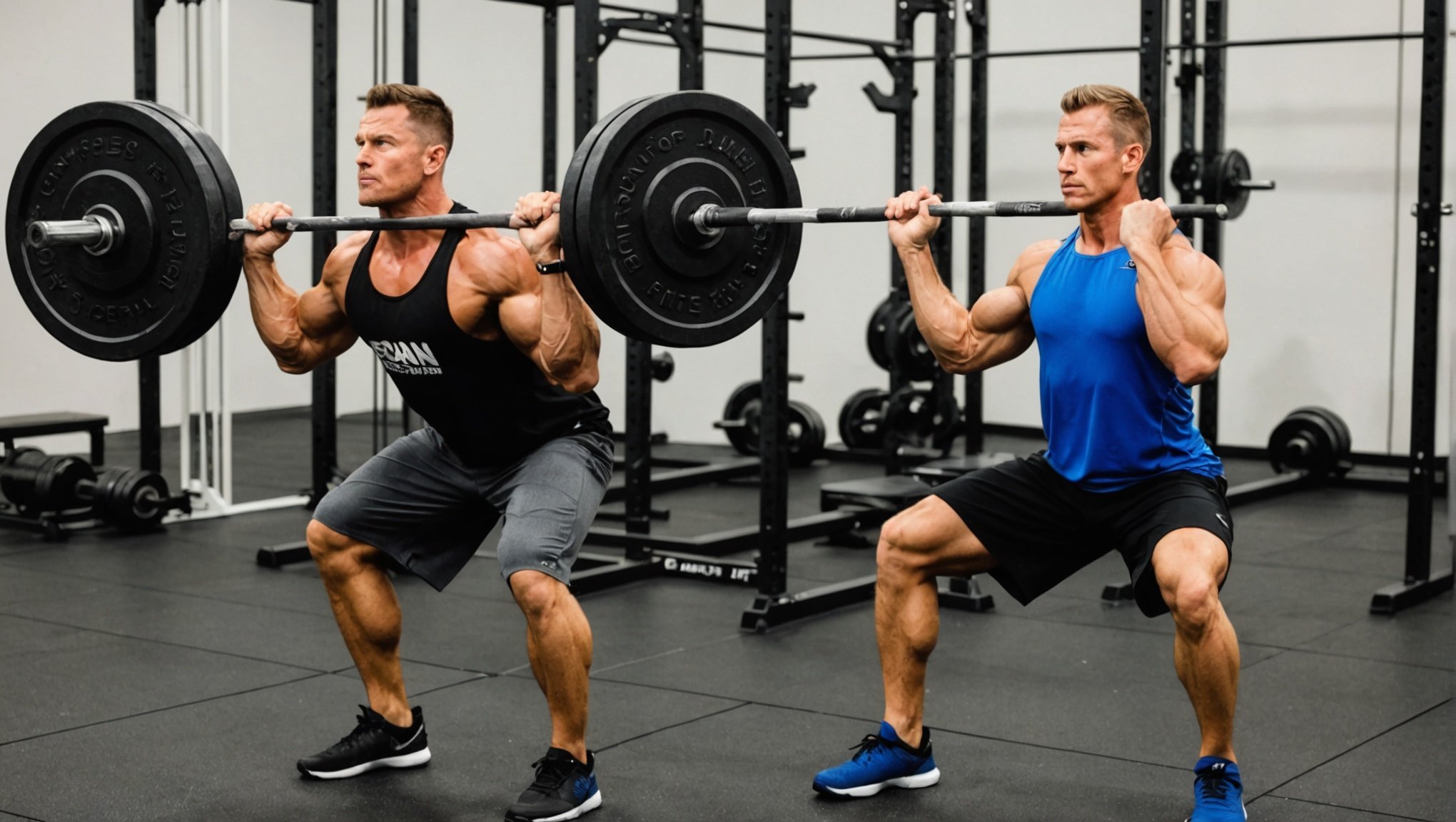For those of you who engage in regular resistance training, muscle hypertrophy – or the increase in muscle size – is often a primary goal. In your quest to achieve this goal, you might experiment with adjusting different variables within your training program, including load, sets, repetitions, and training volume. However, one variable that may significantly impact muscle hypertrophy outcomes, especially in advanced lifters, is the manipulation of training volume.
Understanding Training Volume in Resistance Training
Before delving into the effect of training volume manipulation on muscle hypertrophy in advanced lifters, it’s crucial to understand what training volume is. In resistance training, volume refers to the total amount of work performed in a given training session or over a specific period, often measured as the product of sets, repetitions, and load.
Also read : What are the most effective warm-up routines for enhancing bench press performance?
This aspect of training can be manipulated in different ways, such as increasing the number of sets performed per exercise, the number of repetitions per set, or the load lifted in each repetition. Adjusting these factors can lead to different training adaptations, impacting muscle hypertrophy.
Role of Training Volume in Muscle Hypertrophy
According to numerous studies found on scholarly platforms such as Crossref, PubMed, and Google Scholar, training volume has a massive impact on muscle hypertrophy. An increase in training volume often leads to an increase in muscle size, given that sufficient resistance is used to create a stimulus for muscle growth.
This might interest you : Which type of foam rolling technique offers the best post-workout muscle relaxation?
Hypertrophy is a result of the balance between muscle protein synthesis and muscle protein breakdown. When you exercise, especially resistance training, you cause microscopic damage to your muscle fibers. This damage signals your body to repair and rebuild these fibers, leading to an increase in muscle size over time. The more work you put your muscles through – i.e., the higher your training volume – the more stimulus you create for muscle growth.
Research on Training Volume and Muscle Hypertrophy
Several studies have investigated the relationship between training volume and muscle hypertrophy. For instance, a study by Schoenfeld et al. examined the effect of low, medium, and high volume resistance training on muscle hypertrophy in resistance-trained men. The participants were divided into three groups, each with a different training volume but identical exercises and loads.
The results indicated that muscle hypertrophy was significantly higher in groups with higher training volume. These findings suggest that higher training volumes may lead to greater muscle hypertrophy, especially in resistance-trained individuals.
While this study provides compelling evidence, it should be noted that the participants were not advanced lifters, limiting the applicability of the results to this population.
Training Volume Manipulation in Advanced Lifters
When it comes to advanced lifters, manipulating training volume becomes a more complex task. These individuals have already undergone significant adaptations to resistance training, which may alter the relationship between training volume and hypertrophy.
Advanced lifters often require higher training volumes to continue making progress, as their muscles have adapted to the stimulus provided by lower volumes. However, there is a threshold beyond which increasing volume can lead to overtraining and negatively impact muscle hypertrophy.
Research on advanced lifters is somewhat limited. However, a study by Amirthalingam et al. on advanced resistance-trained men found that increasing training volume led to greater muscle hypertrophy compared to a lower volume program. This study highlights the potential benefits of volume manipulation for muscle growth in advanced lifters.
These findings, combined with the broader body of research, suggest that manipulating training volume can effectively enhance muscle hypertrophy in advanced lifters. However, it’s critical to remember that individual responses to training volume can vary based on several factors, including genetics, nutrition, and recovery.
In conclusion, training volume appears to play a vital role in muscle hypertrophy, particularly in advanced lifters. By carefully manipulating training volume, these individuals may be able to optimize their muscle growth and make continued progress in their training. As always, any changes to training volume should be made gradually and with careful consideration, to avoid overtraining and maximize results.
Impact of Training Volume on Muscular Adaptations in Advanced Lifters
Understanding how training volume affects muscular adaptations in advanced lifters is crucial for designing effective resistance training programs. Muscular adaptation refers to the physiological changes that occur in response to the stress of physical exercise, particularly resistance training. These changes can include increases in muscle size (hypertrophy), strength (strength cond), and endurance.
According to Google Scholar, Crossref, and PubMed, a unique relationship exists between training volume and muscular adaptations in advanced lifters, notably in muscle hypertrophy and muscle strength. Advanced lifters, due to their experience, have developed a certain resilience towards resistance training. As such, muscular adaptations are no longer as pronounced as they were when they first started lifting weights.
In a study published in Appl Physiol, researchers found that advanced lifters who increased their training volume experienced significant muscular adaptations. They noticed improvements in both muscle hypertrophy and muscle strength compared to those who maintained their usual training volume.
The study also examined the effect of training volume on the bench press, a popular exercise among weightlifters. The results showed that higher training volumes led to improved bench press performance, indicating an increase in upper body strength.
However, the study highlighted a critical aspect of training volume manipulation in advanced lifters. It’s not just about increasing the volume load. It’s about finding the optimal volume that will induce muscular adaptations without leading to overtraining. The balance is delicate and requires a good understanding of the individual’s capabilities, recovery ability, and overall health status.
Conclusion: Training Volume and its Role in Advanced Lifters
Understanding and manipulating training volume is an essential aspect of resistance training, particularly for advanced lifters. Research from leading scholarly platforms such as Crossref, PubMed, and Google Scholar suggests a strong correlation between training volume and muscle hypertrophy, as well as muscle strength.
Given the unique physiological adaptations that advanced lifters have undergone, they often require higher training volumes to continue progressing. However, there’s a threshold beyond which increasing volume could lead to overtraining, potentially hindering muscle hypertrophy and strength cond.
As such, it’s important for advanced lifters to carefully manipulate their training volume based on individual factors such as genetics, nutrition, and recovery ability. Additionally, the use of specific exercises like the bench press can be beneficial in maximizing muscular adaptations.
In conclusion, training volume is a valuable tool in the arsenal of advanced lifters. When manipulated correctly, it can lead to significant improvements in muscle hypertrophy and strength, helping them break plateaus and reach new heights in their performance. However, it’s crucial to remember that balance is key, and any changes to training volume should be approached with caution to avoid overtraining and maximize results. Always remember, progression in resistance training is a marathon, not a sprint.













